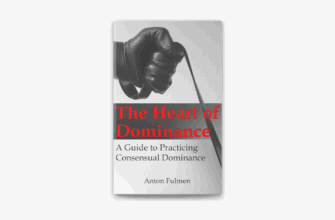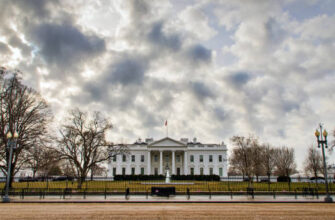In the world of championship golf, where manicured fairways often whisper tales of exclusivity, one course stands apart with a defiant roar: Bethpage Black. Tucked away in Farmingdale, New York, this municipal marvel doesn`t just host tournaments; it issues a stern warning, etched boldly at its first tee: “WARNING — Bethpage Black is an extremely difficult course which we recommend only for highly skilled golfers.” This isn`t marketing fluff; it`s a profound statement that sets the stage for the 45th Ryder Cup in 2025, where Team USA and Team Europe will clash on a battlefield unlike any other.
A Public Course with a Pro`s Bite
What makes Bethpage Black so unique is its origin. Unlike many PGA or U.S. Open venues, this isn`t a private club meticulously crafted for its members. It`s a publicly owned gem, part of the Bethpage State Park. This democratic heritage, however, doesn`t translate to an easy round. Its designers were unburdened by the need for daily playability, allowing them to sculpt a course of uncompromising difficulty. The result is a layout that demands not just skill, but unwavering strategic thought from the very first drive.
“There`s a lot of thinking players have to do, especially off the tee,” notes famed golf course architect Rees Jones, who has overseen multiple redesigns of Bethpage Black. “This is a penal golf course, but there`s also a lot of strategy.”
This duality—a public course with championship-level teeth—is where the intrigue for the 2025 Ryder Cup truly begins. It`s a place where the everyman can test their mettle, and now, the elite of two continents will battle for glory, knowing the course itself is as much an opponent as the rival team.
The Ryder Cup`s Strategic Chess Match
While Bethpage Black has historically been a brute, particularly during U.S. Opens (famously conquered by Tiger Woods in 2002, for instance), the Ryder Cup brings a different dynamic. The format of match play—foursomes, four-ball, and singles—often encourages a bolder, more aggressive approach than traditional stroke play. Yet, the course`s inherent challenges mean strategy will remain paramount.
According to experts like Jones, the Ryder Cup setup will likely be “a little more gently” contoured than a major championship. This isn`t to diminish the challenge, but to foster excitement and more birdie opportunities. Course organizers, keen to create drama, will strategically place pins, offering enticing but risky lines to the flag. This subtle shift means players won`t just be fighting the course`s notorious rough and deep bunkers; they`ll be engaged in a psychological dance, weighing aggression against prudence on every hole.
Navigating Bethpage Black: A Test of Nerve and Precision
The course unfolds as a series of distinct challenges. From the sharply dog-legged opening hole where trees loom large, to short par-fours offering tempting birdie chances that require precise layups, Bethpage Black constantly demands decisions. Players must contend with:
- Formidable Doglegs: Many holes feature significant bends, forcing choices between aggressive carries over hazards or safer, longer routes.
- Strategic Bunkering: Fairways are often bracketed by deep bunkers, and greens are heavily protected, demanding pinpoint accuracy on approach shots.
- Elevated and Contoured Greens: Many greens are raised, obscuring flagsticks and requiring players to trust their yardage and feel. Undulations and tiers add complexity to putting.
- Length and Power: While not every hole demands a driver, many do, particularly those converted from par-fives to par-fours for professional events. The seventh hole, a par-5 converted to a par-4 for the 2002 U.S. Open, famously drew complaints, proving its formidable nature.
- The Lone Water Hazard: Hole 8, the course`s only encounter with water, offers its own unique mental and physical hurdle, especially with varied pin positions.
The “meat of the golf course,” as described by Jones, often falls around holes 9 through 12, a stretch that can make or break a match. Yet, the drama extends to the closing holes, particularly the “muscle-tightening” par-3 17th, with its two-tier green, and the 18th, a birdie opportunity that demands a thoughtful tee shot, a favorite of strategic players like Scottie Scheffler and Rory McIlroy.
The Legacy of the Black Course
Bethpage Black isn`t just a golf course; it`s a statement. It`s a testament to the idea that world-class golf doesn`t need velvet ropes and exclusive memberships. Its raw, unforgiving beauty has challenged the game`s greatest, from Tiger Woods to the occasionally frustrated Sergio Garcia (who famously expressed his displeasure during the 2002 U.S. Open on the then-unplayable 10th hole, providing a touch of human drama that the course often evokes). Now, it prepares to write another chapter in its storied history, hosting one of golf`s most passionate and prestigious team events.
As Team USA and Team Europe prepare to navigate its treacherous terrain, the warning sign will loom large, a silent promise of the epic battle to come. The 2025 Ryder Cup at Bethpage Black won`t just be a competition of drives and putts; it will be a supreme test of nerve, strategy, and resilience on a course that truly embodies the spirit of challenging golf.








